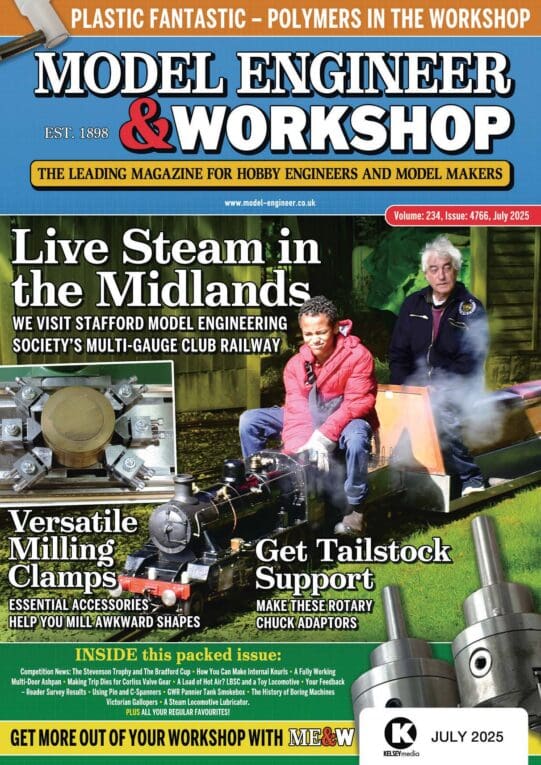Michael has a magic touch finding interesting internet references! Couple of quotes from his latest, my bold:
'A soldered or brazed joint comprises the heat-affected parent materials, the diffusion/transition phase and the solder/braze metal.'
And:
Formation of the solder/braze metal through (physical and chemical) inter-action between the molten filler and the parent material.
And:
After soldering or brazing, alloying elements from the filler metal can be found in the parent material and alloying elements from the parent metal are detectable in the filler metal. This change in the chemical composition is referred to as diffusion. Although the parent material does not melt, a diffusion zone is established in the wetted area. An alloying element in the parent material and at least one of the alloying elements in the filler alloy combine to form a solid solution, a eutectic system or an intermetallic compound. Phase diagrams can be consulted prior to soldering/brazing to determine whether any diffusion will occur between the metal pairs. Diffusion is both time- and temperature-dependent. The time spent at the soldering/brazing temperature ( the ‘holding time' ) should be as short as possible to prevent extensive alloying within the parent metal or the formation of brittle phases in the transition zones. To achieve optimum strength in the soldered/brazed joint, the filler metal needs to remain in its liquid phase for several seconds so as to create a sufficiently deep diffusion zone.
Not found anything stating how thick the diffusion zone might be, but the relative scale of Figure 4 relative to Fig 13 suggests it could be significantly more than my micron suggestion, perhaps 0.1 to 0.4mm.
Quite interesting info on the timing of joint making. It probably explains why the joints made by clumsy erratic me with a weak torch aren't half as good as the sort of work Fizzy does!
Anyway, Bill has his answer – it isn't safe to assume all the solder is removed!
Dave
Edit: Removed pesky emoticons…
Edited By SillyOldDuffer on 16/01/2020 15:28:18
Former Member.




